Public service cuts by attrition are ‘passive, lazy, and random,’ warns ex-Privy Council Office clerk Wernick
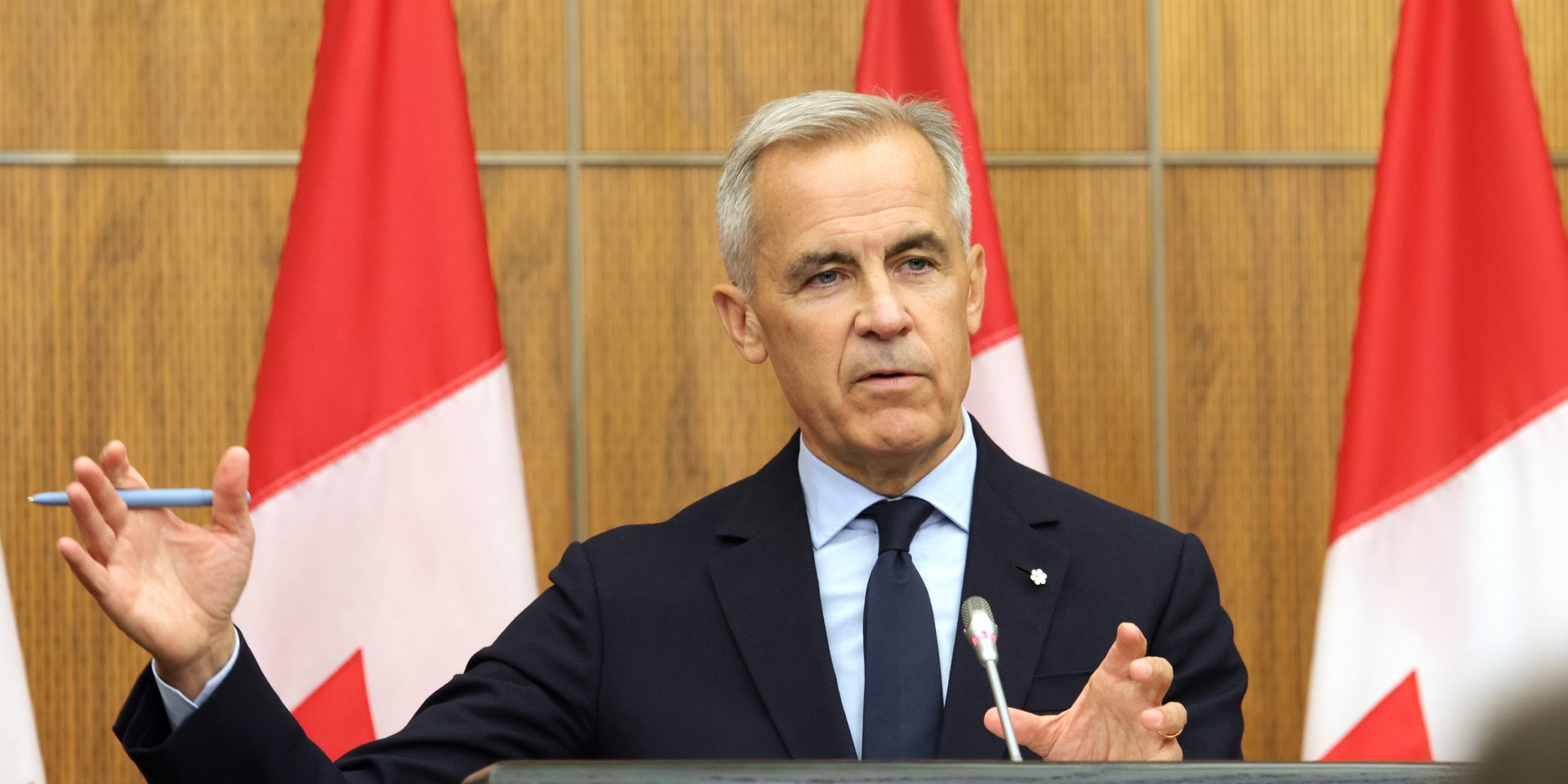
As parliamentarians return to Ottawa after a long, hot summer, bureaucrats are now bracing for a consequential fall budget, which will serve as the first roadmap for how Prime Minister Mark Carney will make his mark on the federal public service.
The full impact of Finance Minister François-Philippe Champagne’s (Saint-Maurice—Champlain, Que.) directives to cut spending by 15 per cent over three years may not be felt for months—or even years—as the massive, slow-moving public service takes its time to correct and adjust.
The nearly 10,000 jobs lost in the public service in 2024-25, for example, were largely chalked up to the priorities announced in the 2023 federal budget, which outlined plans to find savings of $15.8-billion over five years. The next budget used the word “attrition” as a way to reduce the public service bloat, and helped contribute to the first population cut in a decade earlier this year.
“It would be a mistake to think there’s going to be one day, one announcement, and everything will become clear,” said former clerk of the Privy Council Michael Wernick.
Budget 2023, he said, resulted in a “slowdown” in hiring, and a non-renewal of some term positions. Wernick, who is now Jarislowsky Chair in Public Sector Management at the University of Ottawa, said job cuts should be targeted with programs and capabilities in mind.
“Can you come out of it with a public service that’s still capable and productive, and reflective of the country?”
The spending review should include a labour force strategy, the former top-ranking civil servant said, to ensure the public service is “equipped and trained and capable to do the jobs we ask them to do.”
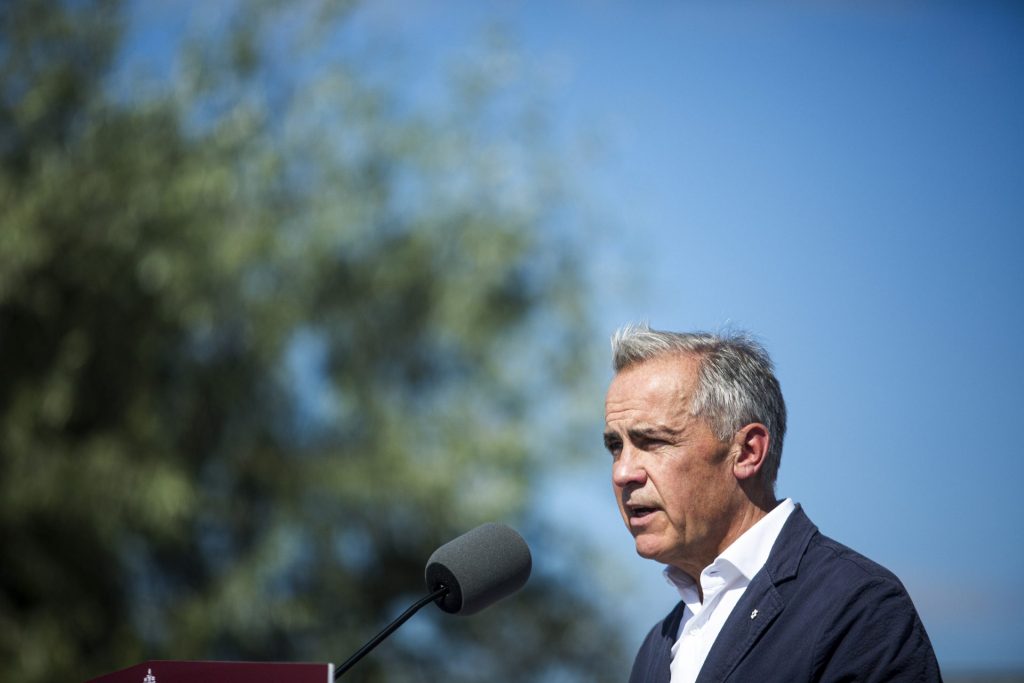
Speaking to reporters the day before Parliament’s return, Carney (Nepean, Ont.) said a reduction in the size of the federal public service will “happen naturally through attrition,” reiterating his campaign promise that the bureaucracy will be capped, not cut.
“The cap relates to the overall level and the adjustments that will happen naturally through attrition,” Carney said on Sept. 14. “There’s a certain age cohort in the public sector. People leave employment, whether it’s in the public or private sector, for a variety of reasons. So we’ll be managing through that.”
Cutting the workforce via attrition, a method used in the past, is “passive, lazy, and random,” Wernick said, as it involves “waiting for people to die, or retire, or leave,” potentially leaving important roles vacant.
“So I’d like to see a more proactive, mindful strategy,” he said.
“We want a highly skilled, highly trained public service that reflects the country.”
Young public servants will likely bear the brunt of job cuts due to their lack of seniority, but “if you want to take the longer view, and we want to come out of this with a more capable, more productive public service, then you need a more proactive strategy,” Wernick added.
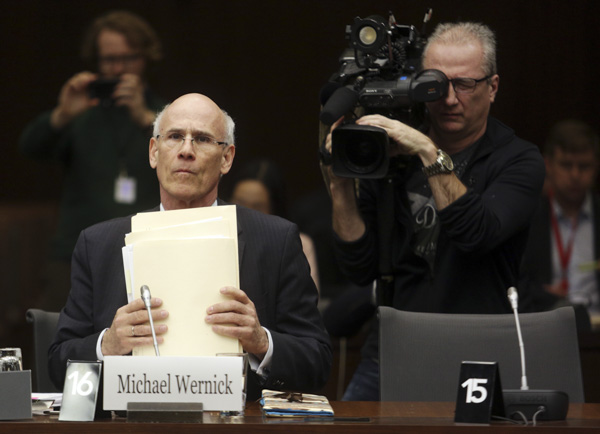
Buyouts of public servants closer to retirement age could save the jobs of tens of thousands of young, digitally savvy public servants, Wernick said, urging unions to abandon their “‘nobody-should-be-laid-off-anywhere” mindset, and “start to bargain what [cuts] should look like.”
The public service’s size will be determined by “the mix of programs and budgets,” Wernick said, noting the “early signs” of downsizing at some departments, including the Public Health Agency of Canada, where it was recently announced approximately 300 jobs would be cut, or at Immigration, Refugees, and Citizenship Canada, where approximately 3,000 positions were cut in early 2025.
David Macdonald, a senior economist with the left-leaning think tank Canadian Centre for Policy Alternatives, released a report this summer outlining the potential impact of job cuts in the public service. The report says cuts are expected to be deep, particularly in the National Capital Region. Ottawa and Gatineau could lose 24,421 full-time federal public servants by 2028, which accounts for 45 per cent of all the civil servants’ job losses across the country.
‘A day of reckoning’ for ballooning bureaucracy
When it comes to Carney’s goal of reinventing the federal bureaucracy, it may be best to use a scalpel, not a sledgehammer, one academic said.
“We’ve seen a tremendous growth in the size of the federal public service,” said Donald Savoie, Canada Research Chair in Public Administration and Governance at the University of Moncton.
“At some point, there is a day of reckoning.”
Savoie noted prime ministers dating back to Pierre Trudeau have tried their hand in trimming the public service.

“They cut, and two or three years later, it squeezes back in,” Savoie said. “That’s a downside of a percentage across the board cut. You squeeze everything, you don’t prioritize which programs are more important than others.”
A longer-lasting solution would be to target under-performing or extraneous programs, or entire groups, Savoie said, noting the government is composed of more than 300 individual organizations. The decision of where to cut, he said, should be made at the political level based on stated political priorities.
“It’s incumbent upon the government to see which are past their best-by date,” he said.
Leading that charge is Carney’s new Privy Council Clerk Michael Sabia, a former deputy finance minister who has been described as a “relentlessly focused” changemaker. In the case of the spending review, no two departments will be cut exactly the same. In particular, departments related to policing, military, and border security have been largely exempted, and are tasked with much lighter cuts to the tune of two per cent per year, the Treasury Board Secretariat confirmed.
“That goes hand in hand with the squeezing,” Savoie said. “You squeeze more where there’s less political priority.”
The parting salvo of former parliamentary budget officer (PBO) Yves Giroux came in the form of a report detailing the cost of public servants, which projected federal personnel spending could reach $76.2-billion per year by 2029-30 if left unchecked.
The federal government is set to spend an estimated $71.1-billion on salaries, bonuses, and other personnel costs in 2024-25, says the report, published days before Giroux’s term ended on Sept. 2.
The PBO projected that the average cost per full-time equivalent when it comes to salaries, wages, and other standard compensation will increase to $139,000 by 2029-30, but that annual number is closer to $172,000, including benefits and other payments.
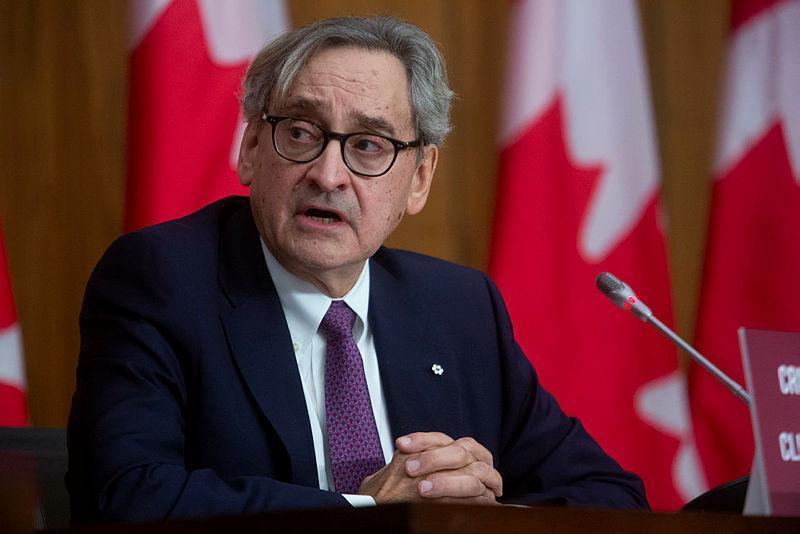
Furthermore, the PBO published another report earlier in the summer attempting to demystify the number of employees in the federal public service, based on staffing needs laid out in departmental plans.
Between 2006-07 and 2023-24, the federal public service expanded from 335,000 full-time equivalent positions to 441,000—an increase of over 30 per cent.
It suggests some conflicting data compared to what the Treasury Board Secretariat projected earlier this year for the number of staff, compared to what these plans project for the full-time staff workload. Departmental plans show the number of full-time equivalents is expected to reach 445,000 in 2024-25, an increase of over 13,000 compared to last year’s plans, the PBO says. Then, departmental plans show the headcount is forecast to decline, falling to 415,000 in 2027-28.
The report says the latest departmental plans continue to follow a pattern, in which the headcount is expected to peak, then decline, but is subsequently “revised upward across the planning horizon in subsequent [departmental plans].”
Carney must ‘get honest’ on program cuts, says CAPE
While Carney set his sights on the size of the public service early in his election campaign, union leaders argue this population had to grow in order to administer valuable programs, like pandemic-era benefits and other key services to newcomers, veterans, and vulnerable Canadians.
Canadian Association of Professional Employees president Nate Prier argues the public service isn’t bloated, as total wages are now a lower percentage of the operating budget now compared to under then-prime minister Stephen Harper.
“The programs got bigger, they made big commitments to Canadians, and now they’re not brave enough to say, ‘this is what we’re going to take away,’” Prier said, citing “popular” Trudeau-era policies like expanded access to dental care, pharmacare, and affordable childcare.
Prier qualified he’s not sure where cuts will be located, but if “everything is going to be going towards an expanded military budget, and we’re going to find cost reductions somehow, it means that they have to cut back elsewhere.”
Prier said Carney has to “get honest with Canadians” about what programs he plans on cutting, instead of just blaming public-service bloat. Bureaucrats are working on “skeleton crews,” following “arbitrary reduction targets” imposed through Budget 2023 and Budget 2024, he said, which is leading to burnout.
“But they’re kind of kicking the can down the road right now by not having a budget, by not having specific program commitments, and then saying, ‘somehow you need to squeeze more blood from this stone.’”
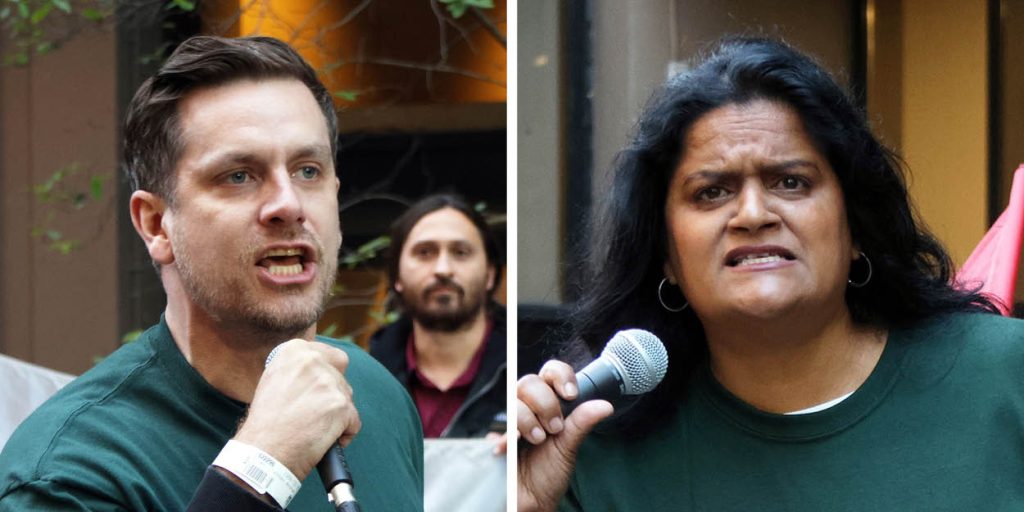
Prier noted the federal government spent a record-breaking $20.7-billion on outsourcing contracts last year, something he says is a result of the previously-announced cuts in the public service.
“You should be investing in your people, not your contracting friends,” he said. “It costs more than what it costs to keep public servants at their desks.”
Unions have also been fighting against return-to-office policies, which mandate employees to work in-person for a minimum of three days per week, which they say is unnecessarily costly and doesn’t lead to a more efficient public sector.
Sharon DeSousa, president of the Public Service Alliance of Canada, also noted the public service has grown during a time when Canada’s population has considerably increased, and seniors make up one-fifth of the population.
Older Canadians are more likely to use more federal services like assistance with pensions, veteran support, and guidance around other supports, she said.
“When we talk about the increase in population, we need to look at demographics and how we support them,” she said.
DeSousa said it was “lazy” to cut most departments by a blanket 15 per cent.
“Instead of looking at what each of these departments and agencies do, they’re doing a blanket exercise,” she said.
“We’re talking about people who actually make sure the food that we eat is safe. We’re talking about people who monitor the spread of infectious diseases, or they do critical research on protecting our communities from environmental changes,” she said.
“Right now, we know that slashing federal funding is a decision that lacks care and creativity.”
The Hill Times






 LICENSING
LICENSING PODCAST
PODCAST ALERTS
ALERTS













